-
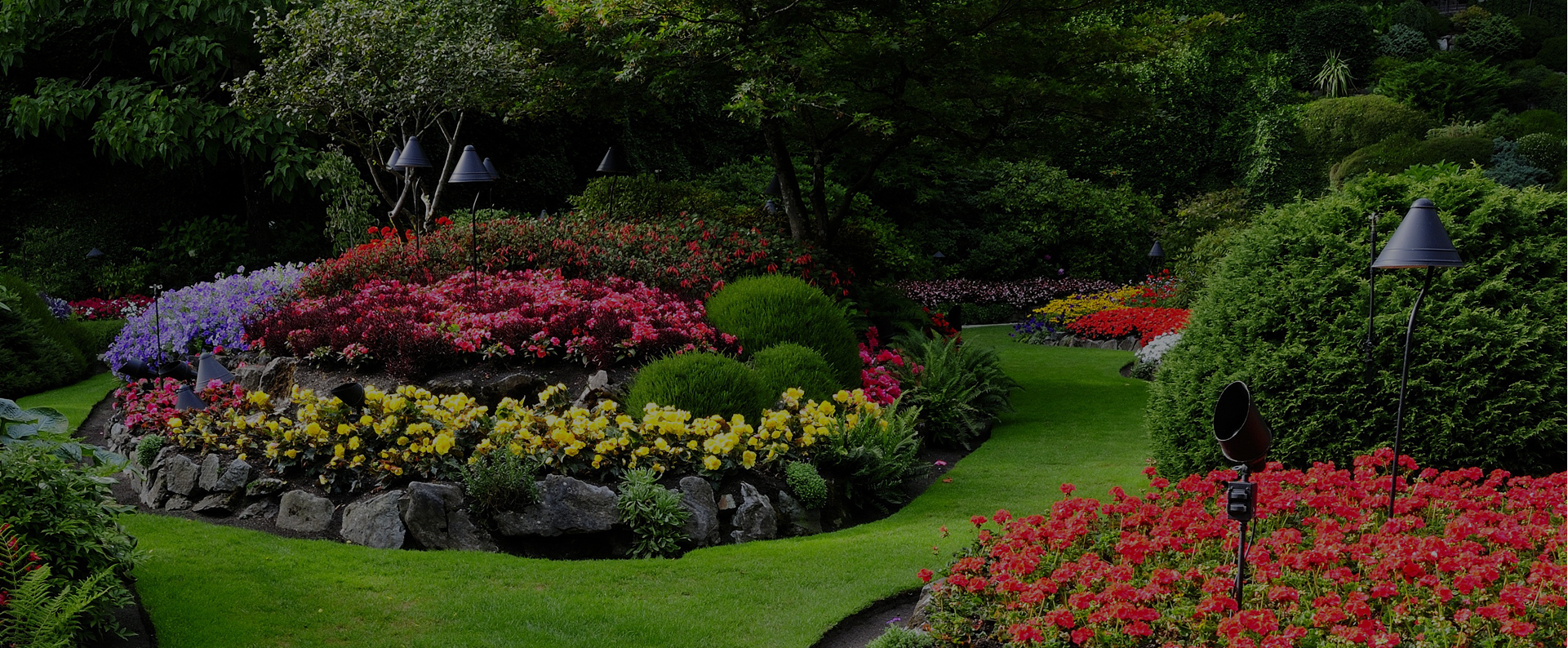 Complete Landscaping SolutionsComplete grounds planting and maintenance services to suit any budget. Get a no obligation quote today!
Complete Landscaping SolutionsComplete grounds planting and maintenance services to suit any budget. Get a no obligation quote today!
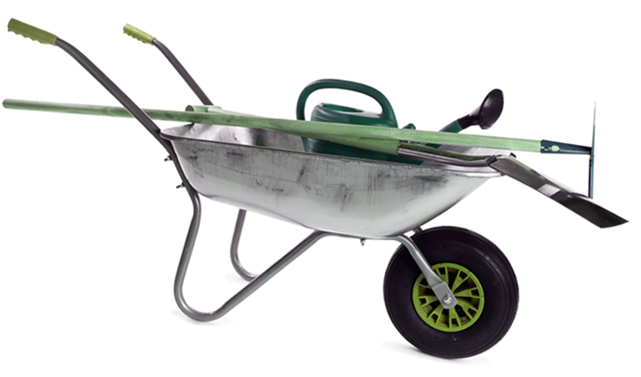
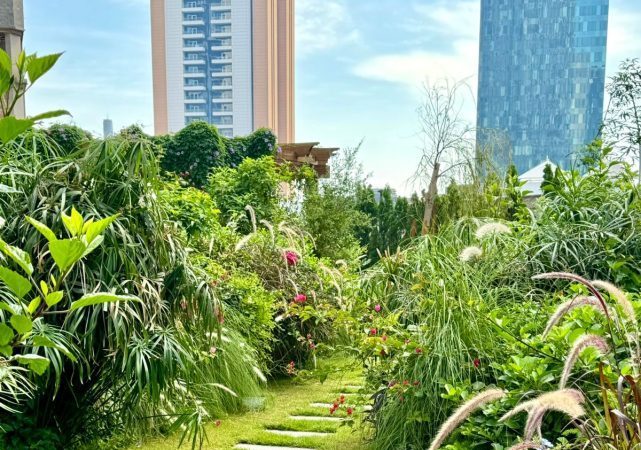
“Bringing visions to life, one garden at a time.”
Our landscaping team specializes in design, construction, and maintenance of outdoor spaces. From creative garden designs and irrigation networks to hardscapes, seasonal flowers, and lawn care — we provide sustainable solutions that combine nature and functionality.
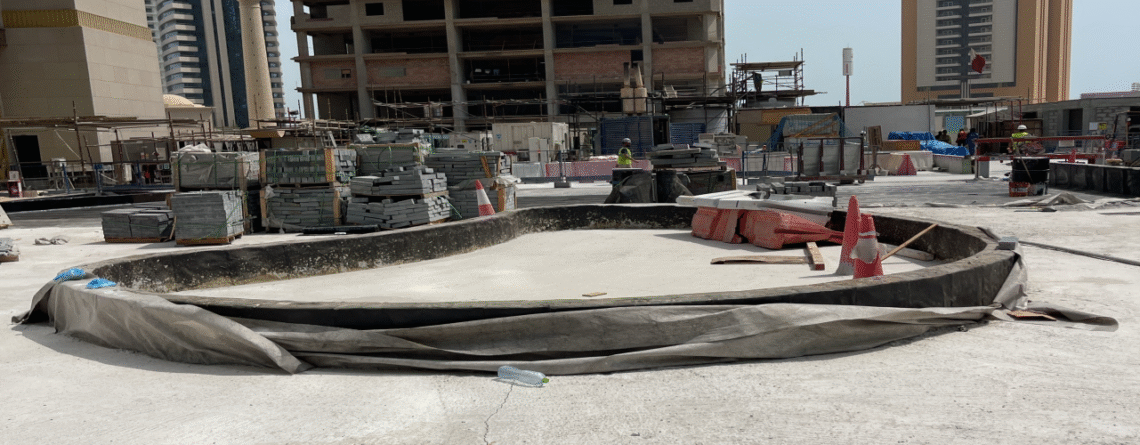
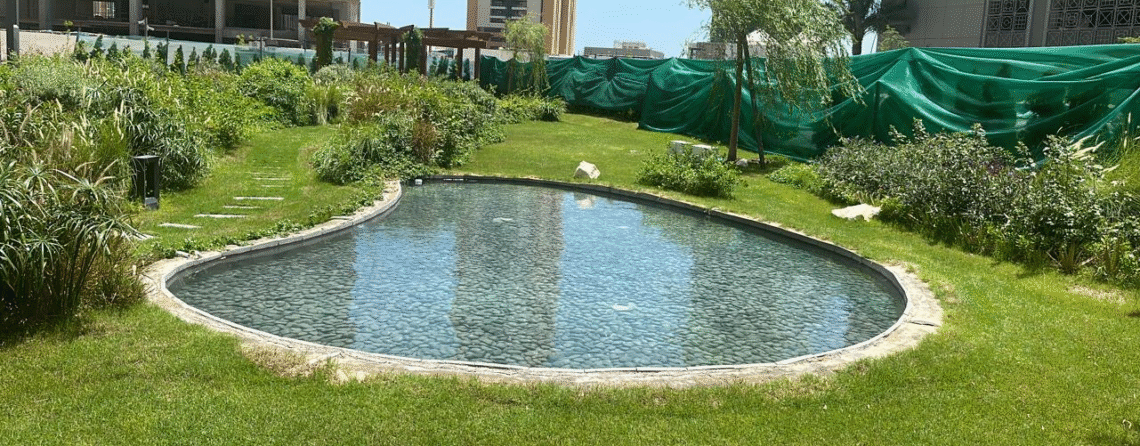
We create sustainable and beautiful outdoor spaces, offering design, construction, and maintenance solutions tailored to every project.
-Pearland, TX
Creative landscaping concepts, planting plans, irrigation & lighting designs.
Site preparation, irrigation systems, hardscape works, turfing, and tree/shrub planting.
Maintain plants with fertilizers, pesticides, herbicides, and other additives. Perform irrigation system maintenance and adjust watering schedules seasonally. Clean debris and remove garbage weekly. Trim, shape, and prune shrubs and groundcovers. Apply chemical fertilizers, organic compost, iron chelates, and micronutrients as needed. Spray pesticides and fungicides for pest and disease control. Flush drip irrigation monthly and check/clean/repair emitters as required. Replant seasonal flowers when applicable.
Using our in-house wood chipper for sustainable site cleanup and mulch production.
Vertical gardens, rooftop landscapes, golf courses, and water features.
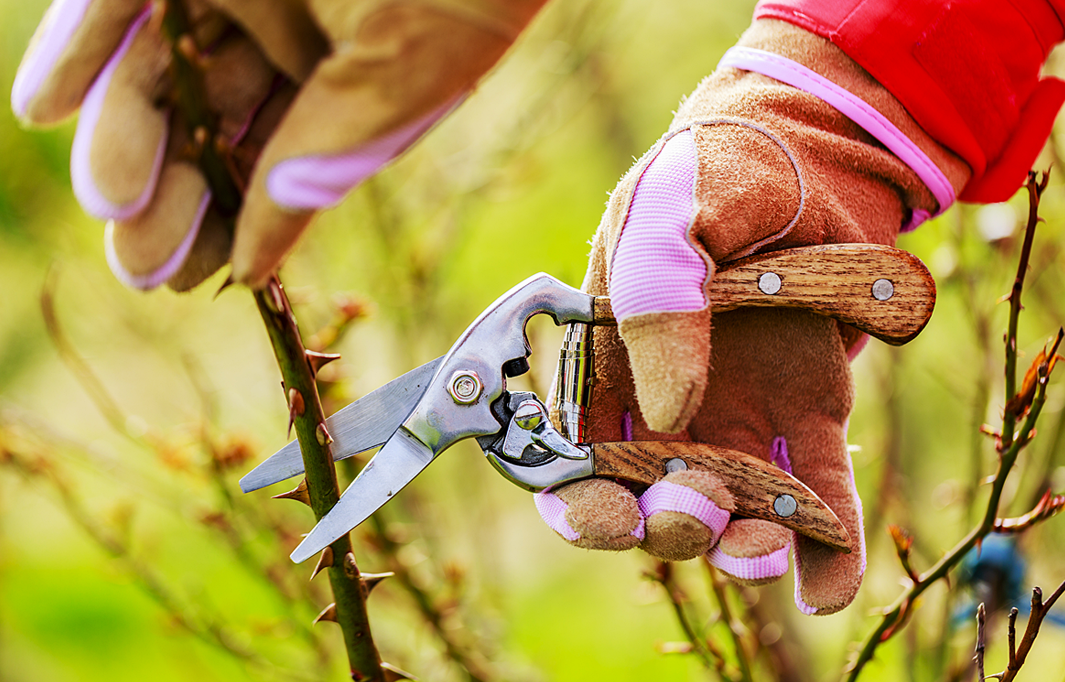
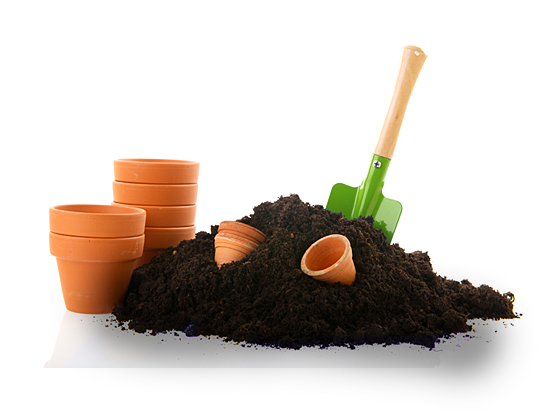
One large tree can absorb up to 22 kg of carbon dioxide per year and release oxygen.
Plants placed around buildings can reduce air temperature by up to 5°C through shade and evapotranspiration.
The world’s oldest known tree is over 4,800 years old, a bristlecone pine in California.
Some plants, like lavender and rosemary, naturally repel insects.
Vertical gardens can improve air quality indoors and reduce noise pollution.
Drip irrigation uses 30–50% less water than traditional sprinklers.
Overwatering is the most common cause of plant death in landscapes.
Smart irrigation controllers can adjust watering based on weather conditions.
Mulching around plants reduces water evaporation by up to 70%.
A healthy lawn can absorb rainfall six times more effectively than a wheat field, reducing runoff.
Strategic landscaping can cut home energy bills by up to 25% by providing natural cooling and wind protection.
Green spaces increase property value by 10–20%.
Landscaping reduces stress and improves overall mental well-being.
Grass lawns can trap dust and dirt, improving local air quality.
Sustainable landscapes use native plants that require less water and maintenance.
Sunflowers can absorb toxins like lead and arsenic from soil—a process called phytoremediation.
Compost improves soil structure, helping it hold both water and nutrients better.
Certain flowers bloom only at night, like the moonflower and evening primrose.
Earthworms in the soil can increase crop yields by up to 25% through natural aeration.
Adding iron chelates to soil helps prevent yellowing leaves in many ornamental plants.
Qurdi shrub (Ochradenus baccatus) helps treat wounds and stomach discomfort.
Cornulaca aucheri, a spiny desert plant, is still used as camel fodder.
Polycarpaea repens was used to help camels and counter snakebites.
Artemisia inculta served as a natural antiseptic and remedy.
Marak produces edible fruits and traditional medicinal infusions.
Arabian Primrose was used as a cosmetic dye and fever cure.
Qatar’s coasts host native seagrass vital to marine life.